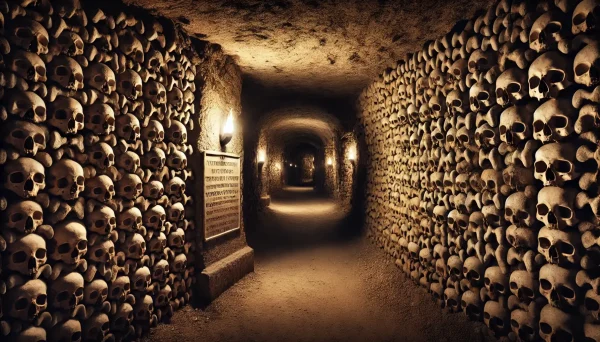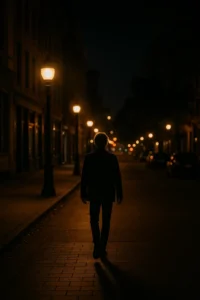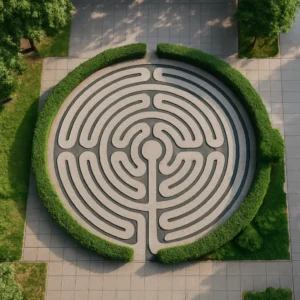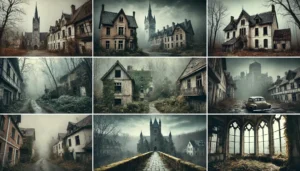Beneath the romantic streets of Paris lies a darker, hidden world—an underground labyrinth known as the Catacombs. Far from the city’s iconic landmarks and charming cafés, this eerie network of tunnels holds the remains of over six million people. Built in the shadows of history, the Catacombs are more than a macabre curiosity—they are a mirror of Paris’s past, shaped by crisis, mystery, and myth. Though only a portion is open to the public, the stories buried within the Catacombs continue to intrigue, disturb, and inspire.
From Quarries to Ossuary
The Catacombs began not as a burial site but as a series of limestone quarries, dug out beneath Paris to supply stone for the city’s grand architecture. By the 18th century, centuries of quarrying had created an extensive network of tunnels. At the same time, Paris faced a growing problem: overcrowded cemeteries. Diseases were spreading, and the infamous Cemetery of the Innocents had become a public health hazard. In 1786, officials decided to relocate the bones of millions into the abandoned quarries—creating the ossuary that would become the Catacombs.
The Art of the Dead
Far from being a random pile of bones, the Catacombs were designed with unsettling care. Skulls and femurs are arranged in patterns—crosses, hearts, columns—lining the walls like a gallery of the dead. Behind these decorative façades lie deeper stacks of bones, packed tight and nearly forgotten. The arrangement was meant to bring dignity and order to the dead, while also creating a space for reflection and remembrance. Today, the ossuary is both a historical site and an artistic monument to mortality.
Secret Passages and Hidden Chambers
While the official Catacombs stretch about 1.5 kilometers, the full network of underground tunnels spans more than 300 kilometers. Many of these passages are off-limits, hidden beneath schools, homes, and streets. Within these forbidden zones are murals, sculptures, secret meeting rooms, and even remnants of underground cinemas created by Parisian explorers, known as “cataphiles.” These urban adventurers have mapped and inhabited parts of the Catacombs unknown to the public, often at legal risk.
Legends and Ghost Stories
Unsurprisingly, a place filled with bones and shadows has attracted ghost stories and chilling legends. Visitors have reported feeling watched, hearing whispers, or becoming lost in the dark. One infamous tale tells of a camcorder found in the 1990s, its footage showing a man lost and panicking in the tunnels—though his identity was never confirmed, and he was allegedly never found. Whether fact or fiction, the Catacombs are steeped in an atmosphere that blurs the line between history and horror.
Revolution, Resistance, and Rebellion
Throughout French history, the Catacombs have served more than just the dead. During the French Revolution, royalists and revolutionaries used the tunnels to move in secret. In World War II, the French Resistance used parts of the Catacombs to hide from Nazi forces. At the same time, German troops used them to build bunkers. These overlapping histories add layers of intrigue to a space already heavy with meaning.
Modern Curiosity and Controversy
Since the Catacombs opened to the public in the early 19th century, they’ve drawn curious visitors, artists, philosophers, and thrill-seekers. Today, they are one of Paris’s most unusual tourist attractions. However, the growing fascination has sparked concerns about preservation, safety, and respect for the dead. Illegal parties, graffiti, and vandalism in the restricted tunnels have forced authorities to crack down, but the mystique of the Catacombs only grows.
Conclusion: A City Beneath the City
The Paris Catacombs are more than a burial site—they are a subterranean monument to history, mortality, and human creativity. They remind us that beneath every city lies another layer of life, death, and story. To walk their halls is to confront the fragility of existence and the endurance of memory. In their silence, the Catacombs speak volumes—about Paris, about us, and about the shadows we carry just below the surface.







